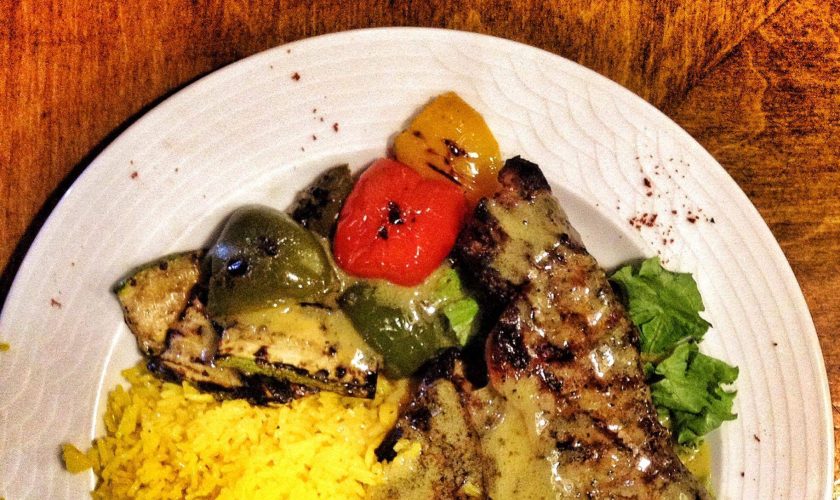Grains are the unsung heroes of the world’s diet, serving as the foundation of sustenance for cultures across the globe. Among these grains, rice stands out as a staple food with unparalleled significance in both culinary and cultural realms.
The Rich Tapestry of Grains
Grains represent a diverse array of crops, each offering its own unique flavor, texture, and nutritional benefits. From the hearty robustness of wheat to the ancient allure of quinoa, grains have played a central role in shaping culinary traditions around the world. Whether as bread, pasta, cereal, or rice, grains feature prominently in the daily diets of billions of people, reflecting the ingenuity and diversity of human cuisine.
Rice: A Global Icon
Of all grains, rice commands special attention due to its widespread cultivation and consumption. Originating in Asia, rice has spread to every continent, adapting to a wide range of climates and growing conditions. With countless varieties, including fragrant Basmati, sticky sushi rice, and hearty brown rice, rice offers a spectrum of flavors and textures to suit diverse culinary preferences.
Nutritional Powerhouse
Beyond its culinary versatility, rice boasts impressive nutritional credentials. As a complex carbohydrate, it provides sustained energy, essential for supporting daily activities and maintaining overall health. Additionally, rice is naturally gluten-free, making it suitable for individuals with gluten sensitivities or celiac disease. Rich in essential vitamins and minerals, such as B vitamins, iron, and magnesium, rice contributes to a well-rounded diet.

Cultural Significance
Rice holds deep cultural and symbolic significance in many societies, where it is celebrated in rituals, festivals, and everyday meals. From the ceremonial offerings of rice in Hindu weddings to the communal sharing of rice dishes in Latin American feasts, rice embodies notions of abundance, prosperity, and communal unity. Moreover, rice cultivation techniques have shaped landscapes and livelihoods, fostering a profound connection between people and the land.
Sustainability and Innovation
As the global population continues to grow, sustainable agriculture practices are essential to ensure the longevity of grain production. Innovations in rice cultivation, such as water-efficient irrigation methods and organic farming techniques, promote environmental stewardship and resilience in the face of climate change. Furthermore, ongoing research into rice genetics aims to improve crop yields, nutritional content, and resistance to pests and diseases, ensuring the sustainability of rice production for future generations.
Embracing Diversity
While rice shines as a culinary superstar, celebrating the diversity of other grains enriches both diets and agricultural landscapes. Barley, corn, oats, quinoa, and wheat, among others, each offer their own nutritional benefits and culinary possibilities. By embracing this diversity, we honor the rich tapestry of agricultural heritage and promote resilience in the face of global challenges.
In conclusion, grains, with rice at the forefront, represent the essence of global cuisine, nutrition, and cultural heritage. As we continue to navigate an ever-changing culinary landscape, let us cherish grains not only as sources of sustenance but also as symbols of cultural diversity, resilience, and shared humanity.


